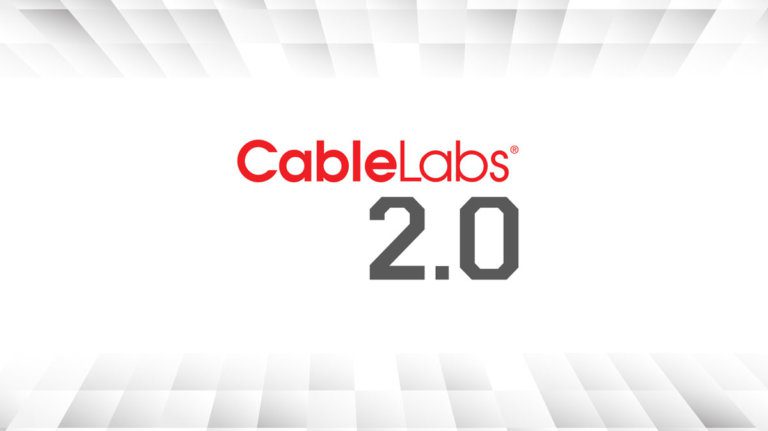News
Evolving Innovation Culture


As CableLabs President and CEO Phil McKinney mentioned in his blog post “CableLabs 2.0 Aligns with The Future,” CableLabs made its largest transformation in its 29 year history by undergoing a major restructuring effort to make long-term innovation a priority for the company.
The importance of corporate culture is talked about in nearly every organization As you might imagine, McKinney’s vision of increased prioritization called for an intentional cultural transformation to an environment that works for the innovation agenda. The transformation forced CableLabs to break away from traditional and long-standing beliefs about the way we work to create effective and high impact avenues that allow our pipeline of innovations to travel to our members. Culture is pervasive and requires change to achieve tangible results within the organization when the vision shifts. And although change isn’t simple, it doesn’t have to be overwhelming.
So, where do you start if you’re looking to cultivate change in your organization? Imagine culture as if it were an employee working at your company — because really, your employees help shape your organization’s culture. If you develop your culture in an intentional way, then it should work to promote your strategy, rather than work against you. So, how would you describe this employee? Boisterous? Cantankerous? Smart? Enthusiastic? Impactful? Contagious? Overwhelmed? Innovative?
Understand Your Organization’s Existing Culture by Tracing Through Time
If you are someone who manages people, then this will be useful information for you, as even teams have subcultures that should be acknowledged and tended to. Try an exercise, where you place your existing culture on the proverbial therapist’s couch and look at it through the eyes of a psychologist.
Are there some issues with authority based on past events? Is that a fear of failure you’re hearing? Ask more questions, and listen carefully. Understand everything about what has happened to shape your culture into what it has become today. Listen for what is and isn’t being said because the “undiscussibles” are equally as important. Once you do, you will be able to identify critical moments in your company’s history that shaped your culture.
In those critical moments, you will find decisions that were made. When you understand why these decisions were made at that point in time, you can see the ripple effect of the consequences that you now feel today. This deeper understanding gives you the proper perspective to prescribe a plan to be wise, alleviate existing pain points, and truly align with your forward-thinking strategy.
Therapists ask compelling questions and actively listen to first gather details, then identify patterns and ultimately sharpen focus onto areas of exploration. The key here is they listen about 90% of the time. Only when you dive into those details of where your culture took a turn historically is where you can then help it heal to align with the future. This discovery will help you keep the culture “therapy” simple and localized. As a result, there is no need to feel overwhelmed by culture change. Instead, simply trace the company’s history for patterns and then move forward with a plan.
Watch the Ripples Change Size, but Never Leave the Stream
Many companies lean on traditional, bureaucratic change management solutions to change their culture, but those take a great deal of time and resources. At CableLabs, we pride ourselves in innovation, and I personally do not approach corporate culture issues from the traditional change management camp as it tends to be bogged down and cumbersome.
Strategically focusing on culture knowledge and diagnosis, leadership, communication, compassion and patience will get your culture working for you. Through discovery, you gain clarity and the compelling “why” mentality that you have for your ideal culture. Diagnose the problems holding your culture back and then create a plan to lead the culture to where you want it to go.
Obviously, some things will change, but the real benefit will come from clearly understanding point A and point B, and having a great team of leaders to help your culture get there by understanding the gap and believing in your organization. I also cannot stress enough the importance of acting quickly on the data you find. In my next blog post I’ll talk about a few critical foundational components we found in our culture that were ripe for evolution and where we are today.

